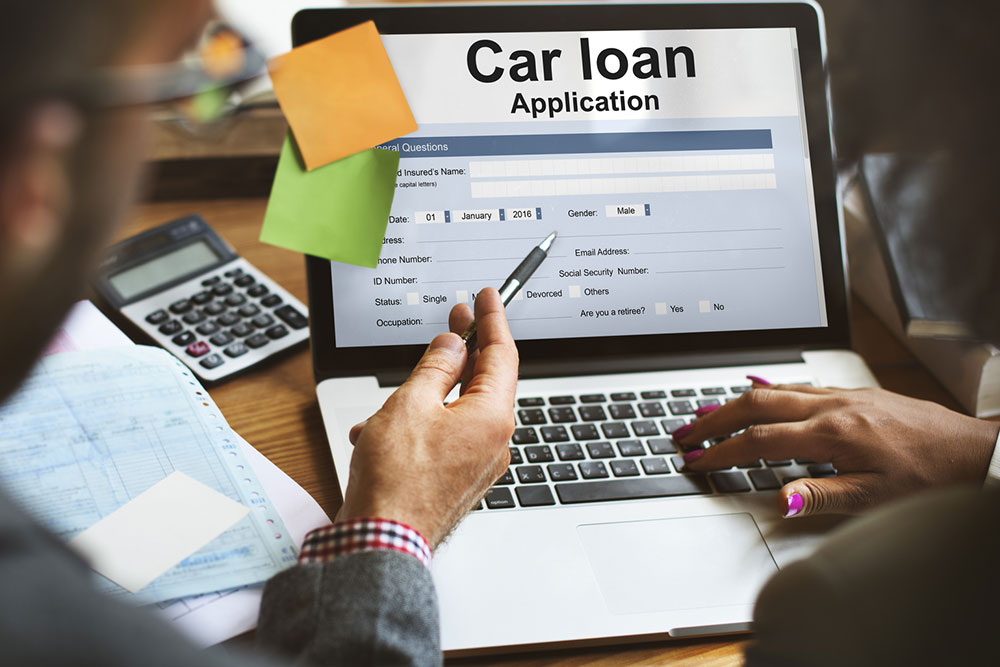Top Strategies to Finance a Vehicle Without an Upfront Payment
Discover effective ways to finance a vehicle without an initial down payment. From lease agreements and credit improvements to choosing used cars, learn how to secure car loans even with limited funds. Understand eligibility criteria, leverage co-signers, and shop smartly for the best deals. Proper planning and research can make owning a car more accessible without heavy upfront costs.
Sponsored

A vehicle loan involves borrowing funds from a financial institution to purchase a car. Typically, buyers are expected to make an initial down payment ranging from 10% to 20% of the vehicle's price. However, many lenders now offer options that allow financing the full vehicle price without a down payment. Although this may come with certain limitations, it provides an excellent opportunity for individuals to own a car with minimal initial funds.
1. Lease with an option to purchase
This approach allows you to drive a preferred car from day one without making a down payment.
Under an installment agreement, you pay a fixed monthly fee to the dealer and get to use the vehicle. Ownership remains with the seller until all payments are complete. Lease agreements often have mileage restrictions but are economical for regular commuters. Note that during the installment period, buyers are typically responsible for maintenance and insurance, similar to full ownership.
2. Verify your loan eligibility
Before pursuing no-down-payment financing, ensure you meet the lender's criteria.
Eligibility generally requires legal residence, a valid ID number, and being at least 21 years old. A consistent income is also essential, as lenders assess your ability to repay. Some lenders may have minimum income benchmarks—it's important to review these beforehand.
3. Improve your credit profile
Higher credit scores often lead to better loan terms and lower interest rates.
Credit scores of 680+ typically maximize chances for favorable financing options, including no down payment and low interest. Scores between 580 and 669 are considered subprime but still eligible for certain loans, often with higher rates. Scores below 580 may face denial. To boost your credit, ensure accurate reports, pay bills on time, reduce debts, and keep credit utilization low—around 25-30%.
4. Use a co-signer
If your credit isn't optimal, consider asking a trusted person with good credit to co-sign the loan.
Having a co-signer can improve approval chances and may lower interest costs. The co-signer agrees to be responsible if you default, giving lenders more confidence in the loan's repayment.
5. Explore various lenders and offers
Shop around for auto loans from dealerships, credit unions, or banks.
Compare terms, repayment options, and get clarity on early repayment policies. Research helps you find the best deals, negotiate better rates, and avoid pitfalls. Many trusted automotive websites also list financing options, including no-down-payment deals.
6. Gather necessary documents
Be prepared with proof of identity, income, and residence when applying for a loan.
Proper documentation can streamline approval. Providing accurate details about your employment, income, and expenses is crucial, especially for online applications.
7. Opt for a used vehicle
Purchasing a pre-owned car can significantly lower costs and may offer financing options without a down payment.
Choosing no-down-payment car financing is ideal for those needing immediate vehicle access but lacking upfront funds. However, familiarize yourself with local regulations, loan terms, prepayment rules, and penalties to avoid extra charges. Check restrictions on early payments or financing used cars, considering age and mileage limits. Review all terms carefully to choose the best fit for your financial situation before committing.






